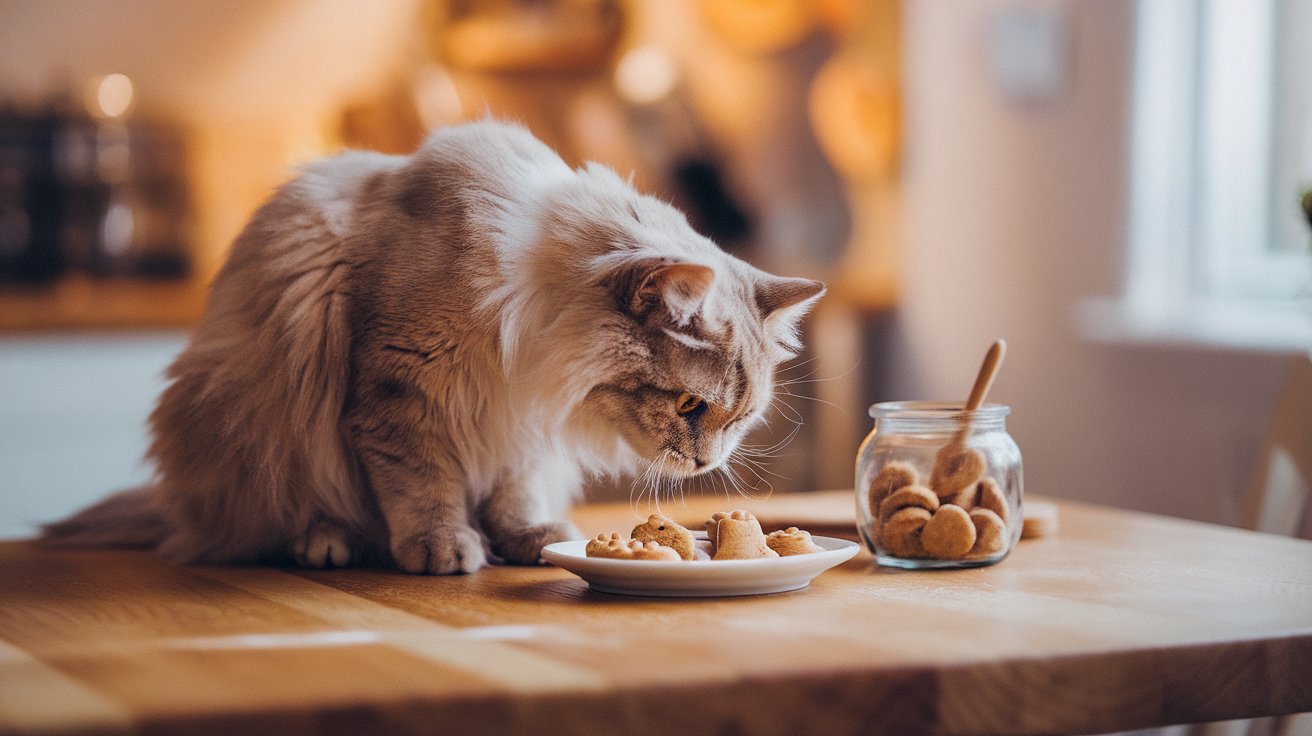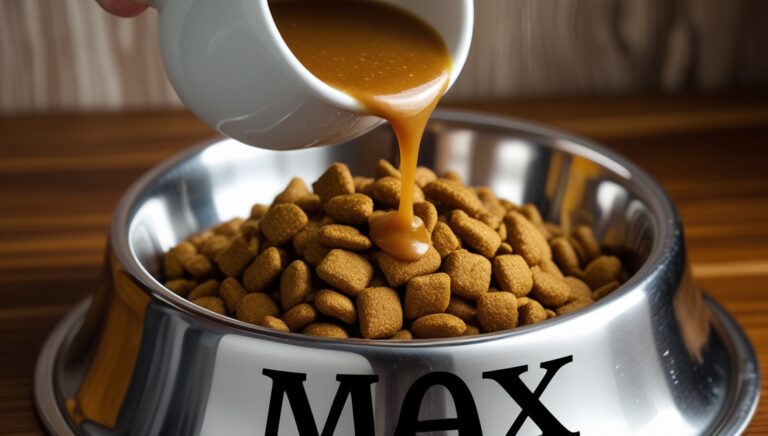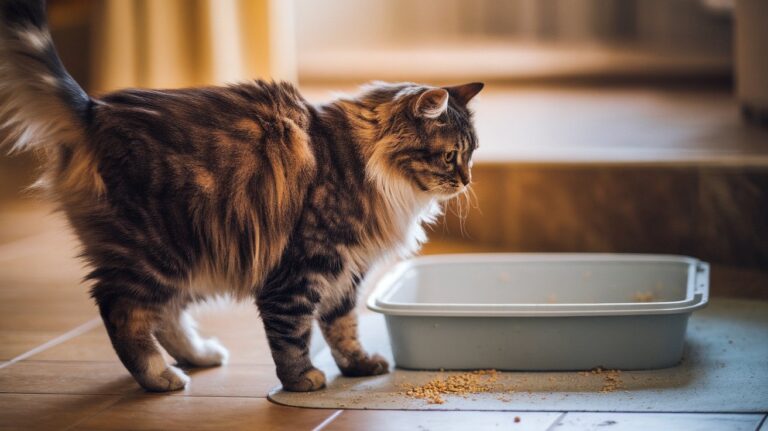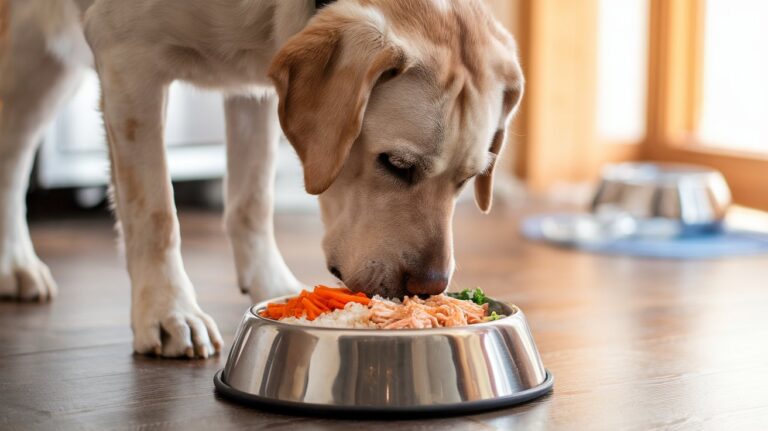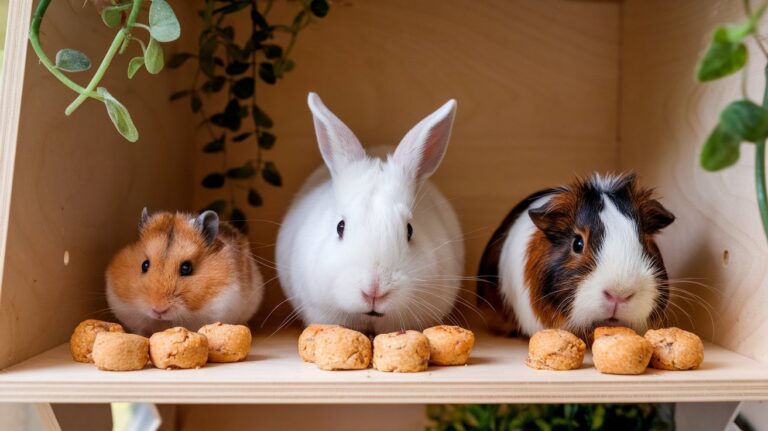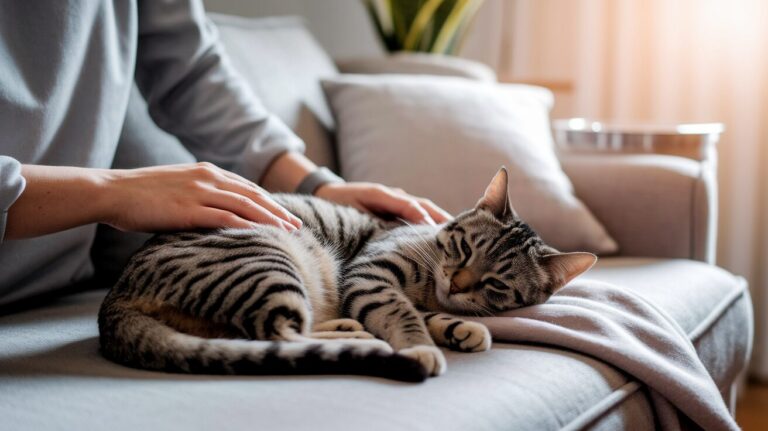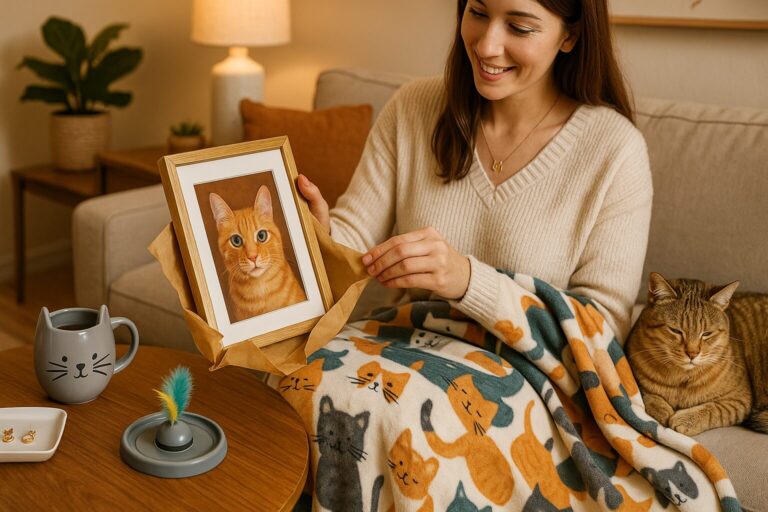DIY Cat Treats: Easy & Healthy Recipes for Your Feline
Want to spoil your cat with homemade treats? Making cat treats at home allows you to control ingredients, avoid harmful additives, and cater to your cat’s dietary needs. While store-bought treats can contain artificial preservatives, fillers, or ingredients that may not be ideal for your cat, homemade treats offer a fresh, nutritious alternative.
In this guide, you’ll learn how to make easy, vet-safe homemade cat treats with simple ingredients, avoid unsafe foods, and properly store your treats for long-lasting freshness. Whether your cat prefers crunchy, chewy, or no-bake options, you’ll find a recipe that suits their taste!
The Benefits of Homemade Cat Treats
Many cat owners are turning to DIY cat treats as a healthier, more personalized alternative. Here’s why:
- Healthier Alternative – No artificial flavors, preservatives, or fillers that could cause digestive upset.
- Customizable – Adjust ingredients to suit your cat’s taste, sensitivities, and dietary restrictions.
- Budget-Friendly – Making treats at home is often more affordable than premium store-bought treats.
- Better Quality Control – Ensures that only high-quality ingredients are used.
- Great for Bonding – Preparing treats can be a fun and rewarding way to interact with your cat.
Ingredients to Avoid in Homemade Cat Treats
Before making homemade treats, ensure you avoid harmful ingredients that could be toxic to cats. Here’s a quick reference table:
| Ingredient | Why It’s Harmful |
| Onions & Garlic | Cause anemia and digestive issues |
| Grapes & Raisins | Can lead to kidney failure |
| Chocolate & Caffeine | Affects the nervous system |
| Dairy (for some cats) | Many cats are lactose intolerant |
| Artificial Sweeteners (Xylitol) | Highly toxic to cats |
| Raw Dough with Yeast | Can cause bloating and alcohol poisoning |
Tip: If you’re unsure whether an ingredient is safe, always check with your veterinarian before using it in a homemade cat treat recipe.
Safe & Nutritious Ingredients for Cat Treats
Instead of harmful fillers, use these healthy, cat-friendly ingredients:
- Proteins: Chicken, turkey, salmon, tuna, shrimp, eggs
- Cat-Friendly Carbs: Pumpkin, oats, cooked sweet potatoes
- Healthy Fats: Fish oil, coconut oil
- Flavor Enhancers: Catnip, parsley
Top 5 Easy & Healthy DIY Cat Treat Recipes
These recipes are made with natural, cat-safe ingredients that support digestion, energy, and overall feline health.
1. Simple Tuna Cat Treats
Ingredients:
- 1 can of tuna (in water, drained)
- 1 egg
- 1/2 cup oat flour
Instructions:
- Preheat oven to 350°F.
- Blend all ingredients into a thick paste.
- Shape into small bites and place on a parchment-lined baking sheet.
- Bake for 10-12 minutes until firm.
- Let cool completely before serving.
Why It’s Good: This high-protein treat supports muscle maintenance and healthy skin thanks to omega-3s in the tuna.
2. Chicken & Catnip Crunch Bites
Ingredients:
- 1/2 cup cooked chicken, shredded
- 1 egg
- 1 tbsp catnip
- 1/2 cup oat flour
Instructions:
- Preheat oven to 350°F.
- Blend all ingredients until a thick dough forms.
- Roll into small balls and place on a baking sheet.
- Bake for 12-15 minutes until golden brown.
Why It’s Good: This high-protein, crunchy treat is perfect for cats who love a bit of extra stimulation from catnip.
3. Salmon & Pumpkin Soft Chews
Ingredients:
- 1/2 cup cooked salmon
- 1/2 cup pumpkin puree
- 1 tbsp coconut flour
Instructions:
- Preheat oven to 325°F.
- Mash salmon and mix with pumpkin and coconut flour.
- Shape into small treats and place on a baking tray.
- Bake for 10 minutes until slightly firm.
Why It’s Good: Salmon is rich in omega fatty acids, while pumpkin helps aid digestion for sensitive stomachs.
4. No-Bake Frozen Yogurt & Tuna Drops
Ingredients:
- 1/2 cup plain yogurt (lactose-free)
- 1 can tuna (drained)
- 1 tbsp chopped parsley
Instructions:
- Blend all ingredients until smooth.
- Spoon into silicone molds or ice cube trays.
- Freeze for 2-3 hours until solid.
Why It’s Good: These are perfect summer treats that offer a cooling, protein-packed snack for your cat.
5. Grain-Free Egg & Cheese Mini Bites
Ingredients:
- 2 eggs
- 1/4 cup shredded cheese (low-lactose)
Instructions:
- Preheat oven to 350°F.
- Whisk eggs and mix in shredded cheese.
- Pour into mini silicone molds or a small muffin tin.
- Bake for 10-12 minutes until firm.
Why It’s Good: This soft, protein-rich treat is ideal for kittens or senior cats who may struggle with crunchy treats.
How to Store Homemade Cat Treats
To keep your homemade treats fresh, follow these storage guidelines:
- Refrigeration: Store in an airtight container in the fridge for up to 7 days.
- Freezing: Freeze in a sealed bag for up to 3 months. Thaw before serving.
- Signs of Spoilage: If treats smell bad, change texture, or develop mold, discard them.
FAQs About Homemade Cat Treats
How often can I give my cat homemade treats?
Treats should make up less than 10% of your cat’s daily caloric intake to maintain a balanced diet.
Can I make grain-free cat treats?
Yes! Use coconut flour, pumpkin, or pureed meat instead of grains.
Are homemade treats safe for kittens?
Yes, but choose soft treats and introduce them gradually to avoid digestion issues.
How can I make treats more appealing to my cat?
Use strong-smelling ingredients like tuna, salmon, or catnip to entice your cat.
Final Thoughts – Treat Your Cat the Healthy Way!
Homemade cat treats are a fun, easy, and nutritious way to pamper your feline friend. By using fresh, cat-safe ingredients, you can create treats that your cat will love while avoiding artificial additives found in many store-bought options.
Try one of these recipes today and see which one your cat enjoys the most! If you have a favorite DIY cat treat recipe, share it in the comments below.

